Home>Storage Ideas>Kitchen Storage>Kitchens Without Islands: 7 Alternatives To An Island Unit
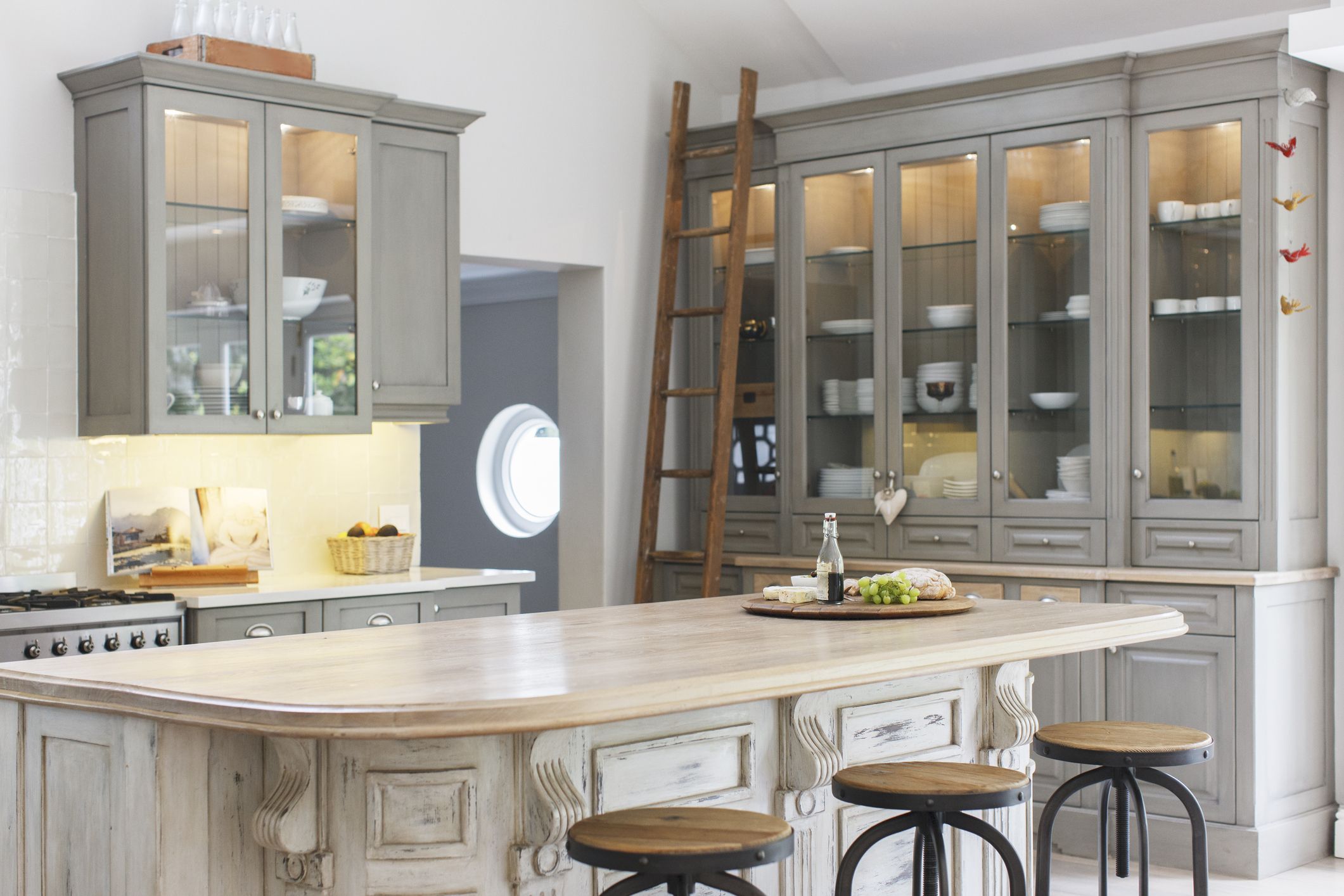

Kitchen Storage
Kitchens Without Islands: 7 Alternatives To An Island Unit
Modified: January 20, 2024
Looking for kitchen storage ideas? Discover 7 alternative options to island units and maximize your kitchen space without sacrificing style and functionality.
(Many of the links in this article redirect to a specific reviewed product. Your purchase of these products through affiliate links helps to generate commission for Storables.com, at no extra cost. Learn more)
Introduction
When it comes to kitchen design, island units are a popular choice. They provide extra counter space, storage solutions, and can serve as a gathering point for family and friends. However, not all kitchens have the luxury of accommodating an island. Whether due to limited space or personal preference, some homeowners are looking for alternatives to island units that still offer functionality and style.
In this article, we will explore seven alternative options for kitchens without islands. From peninsulas to freestanding shelving units, these ideas will help you maximize your kitchen’s potential and create a space that suits your needs. So let’s dive in and discover the perfect kitchen storage solution for your home!
Key Takeaways:
- Transform your kitchen without an island unit by exploring alternatives like peninsulas, breakfast bars, and kitchen carts. Maximize space, functionality, and style to suit your needs and personal taste.
- Embrace versatile options such as dining tables, butcher blocks, and freestanding shelving units to create a warm, inviting, and efficient kitchen. Customize your space while optimizing storage, workspace, and visual appeal.
Peninsula
A peninsula is a fantastic alternative to an island unit, especially in kitchens with limited space. Essentially an extension of your existing countertops, a peninsula protrudes from one wall and is connected to the rest of the kitchen. It provides additional workspace, storage, and seating options, making it an ideal choice for multi-purpose functionality.
With a peninsula, you can create a designated area for meal preparation or even a casual dining spot. It allows for a seamless flow between the kitchen and adjacent rooms, making it perfect for entertaining guests or keeping an eye on children while you cook. Additionally, a peninsula can be customized with cabinets, drawers, or open shelving to suit your storage needs.
One of the advantages of a peninsula is that it can serve as a visual divider, creating the illusion of separate zones in an open-concept kitchen. You can use it to separate the cooking area from the dining or living space, adding both functionality and aesthetic appeal to your kitchen.
When designing a peninsula, consider the layout of your kitchen and ensure that it does not impede the traffic flow. Opt for a countertop material and design that complements the rest of your kitchen, and consider adding pendant lights or barstools to enhance its functionality and visual appeal.
In summary, a peninsula is a great alternative to an island unit, providing extra workspace, storage, and a multi-functional area for dining or entertaining. It can seamlessly integrate into your kitchen design while offering a visual division between different areas of your home.
Breakfast Bar
If you’re looking for a versatile and space-saving alternative to an island unit, a breakfast bar is an excellent option. A breakfast bar typically consists of a raised countertop with bar stools or high chairs, creating a casual dining and gathering area in your kitchen.
The beauty of a breakfast bar is that it can be incorporated into almost any kitchen layout, from small kitchens to large open spaces. It offers a dedicated space for quick meals, coffee breaks, or socializing while maximizing the use of vertical space and keeping the floor area clear.
When designing a breakfast bar, consider the height and width of the countertop to ensure comfortable seating. You can choose from a variety of materials, such as wood, granite, or quartz, to match the overall style of your kitchen. Additionally, consider adding an overhang to accommodate legroom and provide a space for additional storage or display shelves.
A breakfast bar can also serve as a functional workspace, doubling as a makeshift office or study area. It’s a great place for kids to do homework or for you to catch up on emails while enjoying your morning coffee.
To enhance the functionality and ambiance of your breakfast bar, consider adding pendant lights above the countertop for both task lighting and decorative flair. You can also incorporate open shelves or cabinets underneath the bar for storing kitchen essentials, cookbooks, or decorative items.
In summary, a breakfast bar is a versatile alternative to an island unit, offering a space-saving solution for dining, working, and socializing in your kitchen. With its customizable design options and functionality, it’s a perfect addition to any home.
Kitchen Cart
A kitchen cart is a mobile and flexible alternative to an island unit that provides additional storage and workspace. It typically consists of a countertop surface, often made of wood or stainless steel, supported by wheels for easy maneuverability.
One of the greatest advantages of a kitchen cart is its versatility. It can be moved around the kitchen as needed, allowing you to create additional workspace wherever you need it most. Whether you’re prepping ingredients, setting up a makeshift bar, or serving food, a kitchen cart can adapt to your needs.
Another benefit of a kitchen cart is its storage capabilities. Many carts come with built-in shelves, drawers, or even wine racks, providing convenient storage for pots and pans, cutlery, and other kitchen essentials. This ensures that everything you need is right at your fingertips, saving you time and effort in the kitchen.
In addition to its practicality, a kitchen cart can also enhance the aesthetics of your kitchen. It can be a stylish addition, complementing your existing décor and adding a touch of charm. Choose a cart that matches the overall style of your kitchen, whether it be modern, rustic, or farmhouse-inspired.
When selecting a kitchen cart, consider the size and dimensions that work best for your space. Measure the available area in your kitchen to ensure the cart fits without obstructing the flow. Opt for a cart with sturdy wheels for smooth movement, and look for one with a locking mechanism to keep it in place when desired.
Overall, a kitchen cart is a practical and versatile alternative to an island unit. Its mobility, storage capacity, and stylish design make it a valuable addition to any kitchen, providing both functionality and aesthetic appeal.
Dining Table
If you have a spacious kitchen and prefer a more traditional approach, a dining table can serve as an excellent alternative to an island unit. Not only does it provide a dedicated area for dining, but it also offers additional workspace and storage possibilities.
A dining table in the kitchen creates a warm and inviting atmosphere, making it the perfect spot for family meals, entertaining guests, or even working on projects. It allows for conversations to flow and encourages a sense of togetherness in the heart of your home.
When selecting a dining table for your kitchen, consider the size and shape that best fits your space. Rectangular or round tables work well in larger kitchens, while smaller kitchens may require a compact square or oval table. Additionally, choose a table material that aligns with your personal style and the overall aesthetic of your kitchen.
An advantage of using a dining table instead of an island unit is the flexibility it offers. You can easily rearrange or remove chairs when you need more workspace, giving you the freedom to customize the area to suit your specific needs. Some dining tables even come with built-in storage solutions like drawers or shelves, providing a practical storage solution for kitchen items.
Another benefit of a dining table is that it can be a multi-purpose piece of furniture. Apart from dining, it can be used as a workspace for homework or as a gathering spot for socializing. You can dress it up with table linens and centerpieces to create a formal dining experience, or keep it simple for everyday use.
When designing your kitchen with a dining table, consider the flow of traffic and ensure there’s enough space for chairs to be comfortably pulled out. Consider the lighting above the table, as pendant lights or a chandelier can add ambiance and enhance the overall look of the space.
In summary, a dining table is a versatile and practical alternative to an island unit in a spacious kitchen. It offers a designated dining area while providing additional workspace and storage options. With its flexibility and timeless appeal, a dining table can create a warm and inviting atmosphere in your kitchen.
Consider using a kitchen cart, peninsula, dining table, rolling storage, wall-mounted shelves, or a butcher block as alternatives to an island unit. Each option provides additional workspace and storage without the need for a traditional island.
Kitchen Trolley
A kitchen trolley, also known as a kitchen cart or utility cart, is a compact and movable storage unit that can serve as a practical alternative to an island unit. It offers a combination of storage space and a convenient work surface, making it ideal for smaller kitchens or those in need of extra storage options.
A kitchen trolley typically features shelves, drawers, or baskets, providing ample room to store kitchen essentials such as utensils, small appliances, and pantry items. It can also have a countertop surface made of materials like wood or stainless steel, which can be used as an additional workspace for meal preparation or serving food.
One of the advantages of a kitchen trolley is its mobility. The presence of wheels allows you to easily move it around your kitchen, giving you the freedom to position it wherever it is most convenient. This versatility makes it a great option for those who like to frequently rearrange their kitchen layout or require flexibility in a small space.
In addition to its functionality, a kitchen trolley can also add style and character to your kitchen. Choose a trolley with a design that complements your existing decor, whether it’s modern, rustic, or industrial. You can also personalize it with accessories like hanging hooks for kitchen tools or decorative elements, giving it a unique and personalized touch.
When selecting a kitchen trolley, consider the size and dimensions that will work best for your kitchen layout. Measure the available space to ensure the trolley will fit comfortably without obstructing the flow. Opt for a trolley with sturdy wheels that can lock in place, providing stability and preventing any accidental movement.
Overall, a kitchen trolley is a practical and space-saving alternative to an island unit. Its mobility, storage capacity, and versatility make it a valuable addition to any kitchen, allowing you to maximize storage space and create an efficient and organized cooking area.
Butcher Block
A butcher block is a functional and visually appealing alternative to an island unit in the kitchen. It offers a durable and versatile workspace that is perfect for meal preparation, cutting, and chopping.
A butcher block is typically made from thick, solid wood, such as maple or walnut, which provides a sturdy and resistant surface. Its natural grains and warm tones add a touch of warmth and sophistication to any kitchen decor.
One of the advantages of a butcher block is its versatility. It can be customized to fit your kitchen’s specific dimensions and requirements. Whether you choose a standalone butcher block or incorporate it into your existing countertop, it creates a dedicated workspace for various culinary tasks.
In addition to its functionality, a butcher block can also double as a dining area or a place to gather around while entertaining guests. By adding bar stools or chairs, it becomes a casual dining spot that adds a cozy and inviting atmosphere to your kitchen.
Maintaining a butcher block is relatively simple. Regular oiling and sanding help to keep the wood hydrated and prevent damage. While it is essential to clean any spills promptly, the natural oils in the wood provide some resistance to staining and bacterial growth.
When incorporating a butcher block into your kitchen, consider the layout and available space. It can be positioned as a standalone unit in the center of the kitchen or against a wall, depending on your specific needs and preferences. You can also pair it with other countertop materials, such as granite or quartz, for a striking contrast.
Ultimately, a butcher block offers a timeless and practical solution as an alternative to an island unit. It provides a durable and customizable workspace while adding a touch of warmth and elegance to your kitchen.
Freestanding Shelving Unit
A freestanding shelving unit is a versatile and practical alternative to an island unit that can add both storage and style to your kitchen. It provides an opportunity to display your favorite dishes, cookbooks, and decorative items while keeping them easily accessible.
A freestanding shelving unit offers the flexibility of adjustable shelves, allowing you to customize the space according to your storage needs. You can use it to store and organize kitchen essentials such as small appliances, cookware, and pantry items. Additionally, it can serve as a display area for plants, artwork, and other decorative items that add personality to your kitchen.
What makes a freestanding shelving unit unique is its ability to stand on its own. It can be positioned against an empty wall or even act as a room divider in an open-concept kitchen. This creates a designated space for storage and adds visual interest to the room.
When selecting a freestanding shelving unit, consider the size and height that best suits your kitchen. Measure the available space and ensure it fits without obstructing the flow. Look for a unit that complements the overall style of your kitchen, whether it’s modern, rustic, or eclectic.
Another advantage of a freestanding shelving unit is its mobility. Unlike a built-in island unit, you can easily move it around if needed, allowing you to adapt your kitchen layout as desired.
When organizing your freestanding shelving unit, consider grouping similar items together. Categorize your cookbooks, display mugs or glassware, and use baskets or bins for storing smaller items. This will not only make everything easily accessible but also create a visually appealing arrangement.
Overall, a freestanding shelving unit adds functionality and style to your kitchen while offering a customizable storage solution. Its versatility, mobility, and ability to showcase your favorite items make it a valuable addition to any kitchen design.
Conclusion
When it comes to kitchen design, island units are a popular choice for their functionality and style. However, not all kitchens have the space or desire for an island. This is where alternative options come into play, providing homeowners with creative solutions for storage and workspace in their kitchens.
In this article, we explored seven alternatives to an island unit that can transform your kitchen into a functional and stylish space. From peninsulas to breakfast bars, kitchen carts to dining tables, butcher blocks to freestanding shelving units, each option offers its own unique benefits and design possibilities.
A peninsula provides an extension of your existing countertops, creating additional workspace and a visual division in an open-concept kitchen. A breakfast bar offers a versatile and space-saving solution for dining, working, and socializing. A kitchen cart provides mobility, storage, and a convenient work surface. A dining table creates a dedicated dining area while offering extra workspace and storage options.
A butcher block is a durable and versatile countertop that adds warmth and functionality to your kitchen. And finally, a freestanding shelving unit offers customizable storage space and the opportunity to display your favorite items.
Remember, when considering alternatives to an island unit, take into account the size and layout of your kitchen, your storage needs, and personal style preferences. Each option can be tailored to fit your space and add a unique touch to your kitchen design.
By exploring these alternative options, you can create a kitchen that perfectly suits your needs, making the most of the available space while expressing your personal style. Whether you have a small kitchen or simply prefer a different layout, these alternatives are excellent choices for optimizing storage, workspace, and visual appeal in your kitchen.
Now it’s time to get creative and start transforming your kitchen into a functional and beautiful space without the need for an island unit!
Frequently Asked Questions about Kitchens Without Islands: 7 Alternatives To An Island Unit
Was this page helpful?
At Storables.com, we guarantee accurate and reliable information. Our content, validated by Expert Board Contributors, is crafted following stringent Editorial Policies. We're committed to providing you with well-researched, expert-backed insights for all your informational needs.
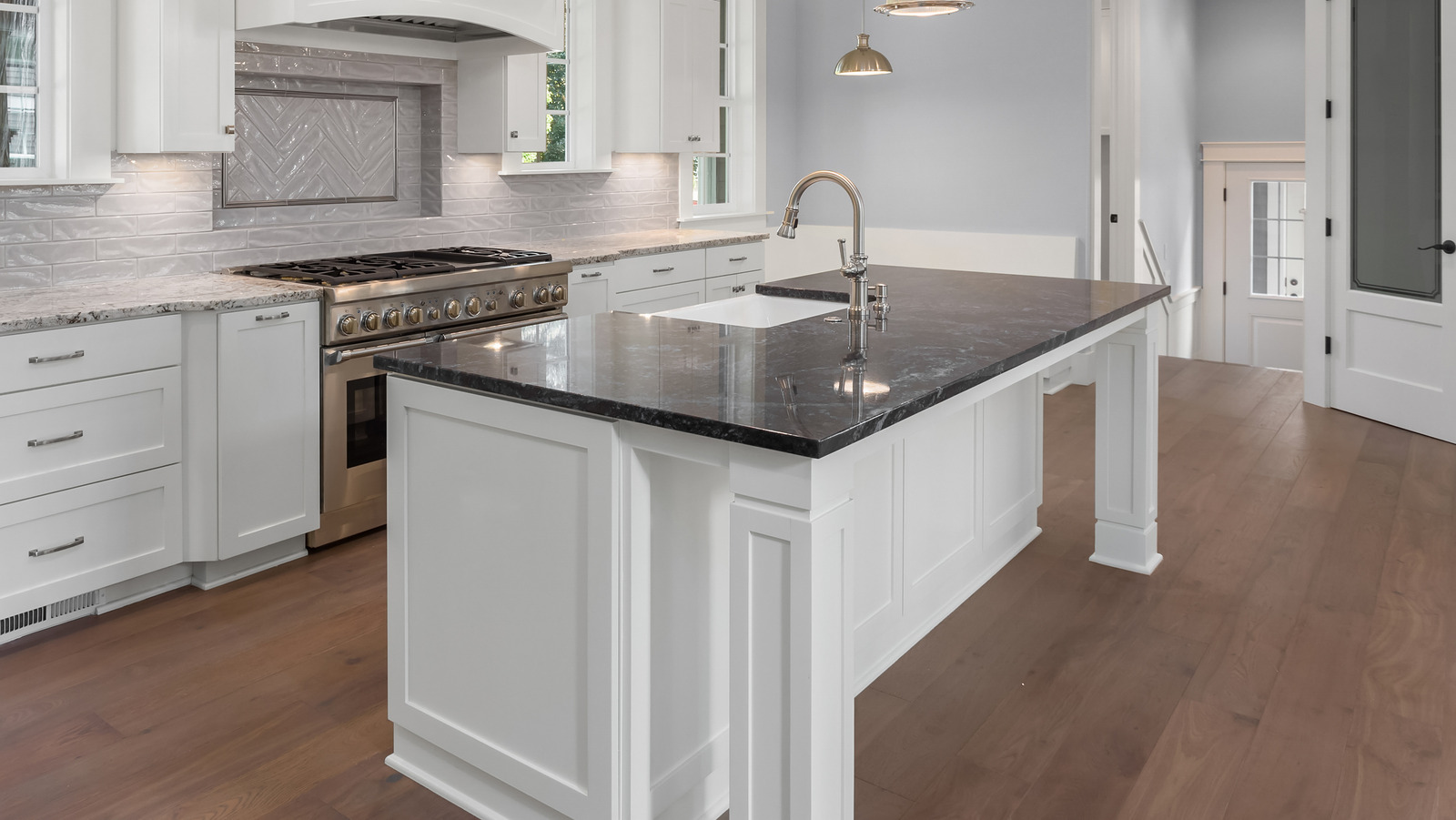
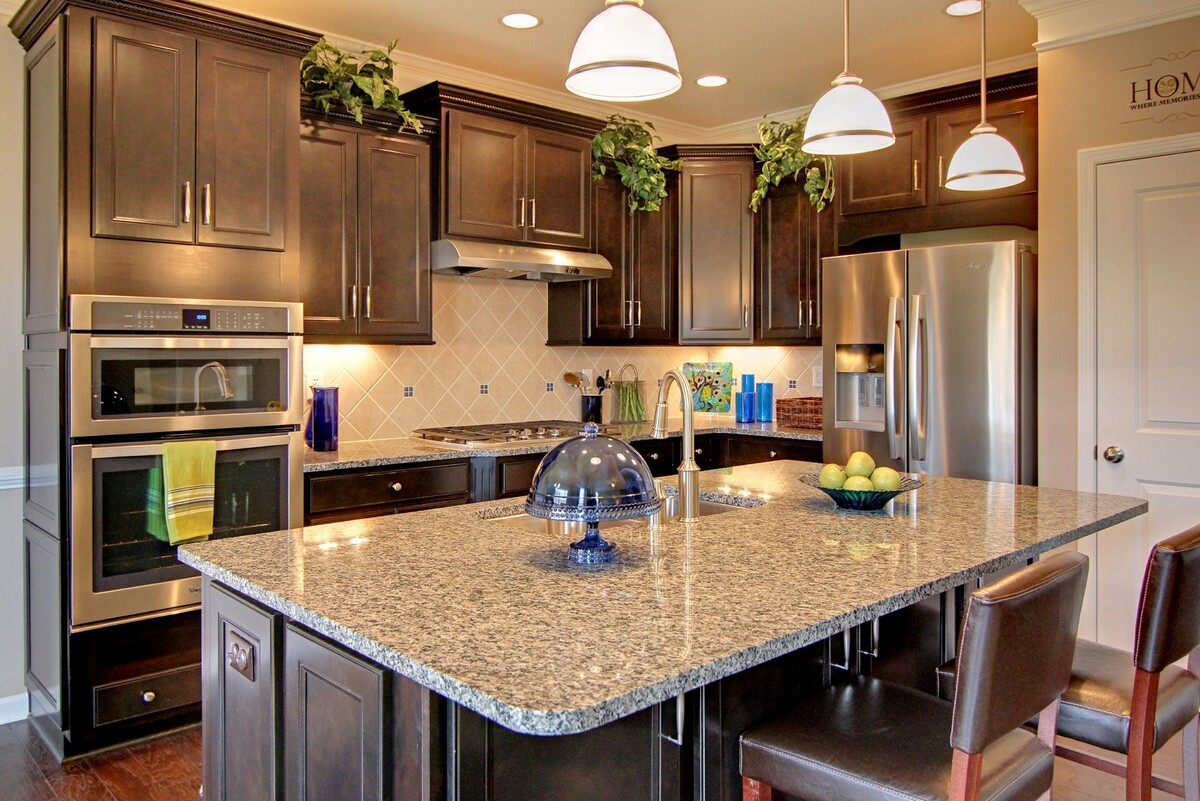
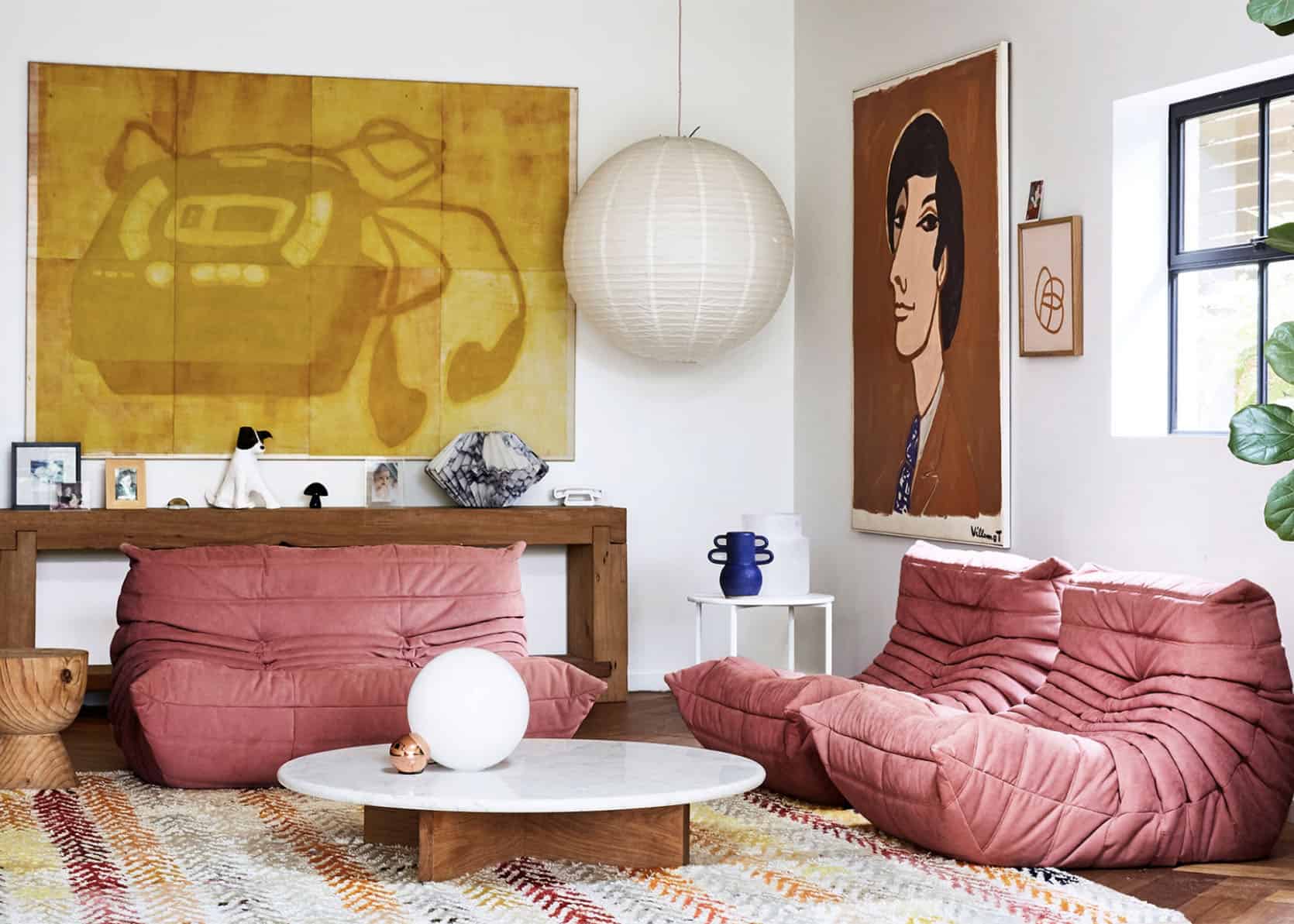
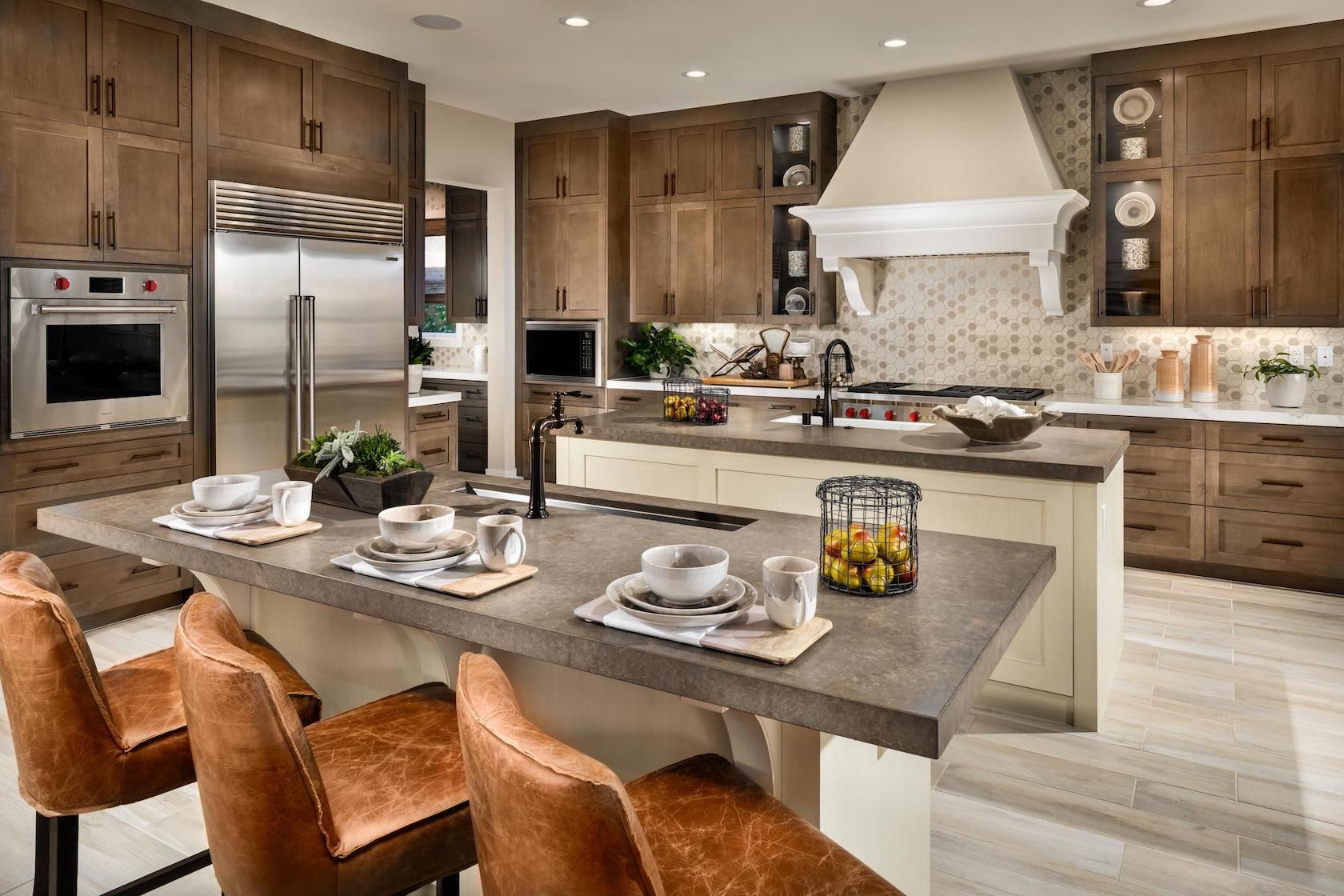
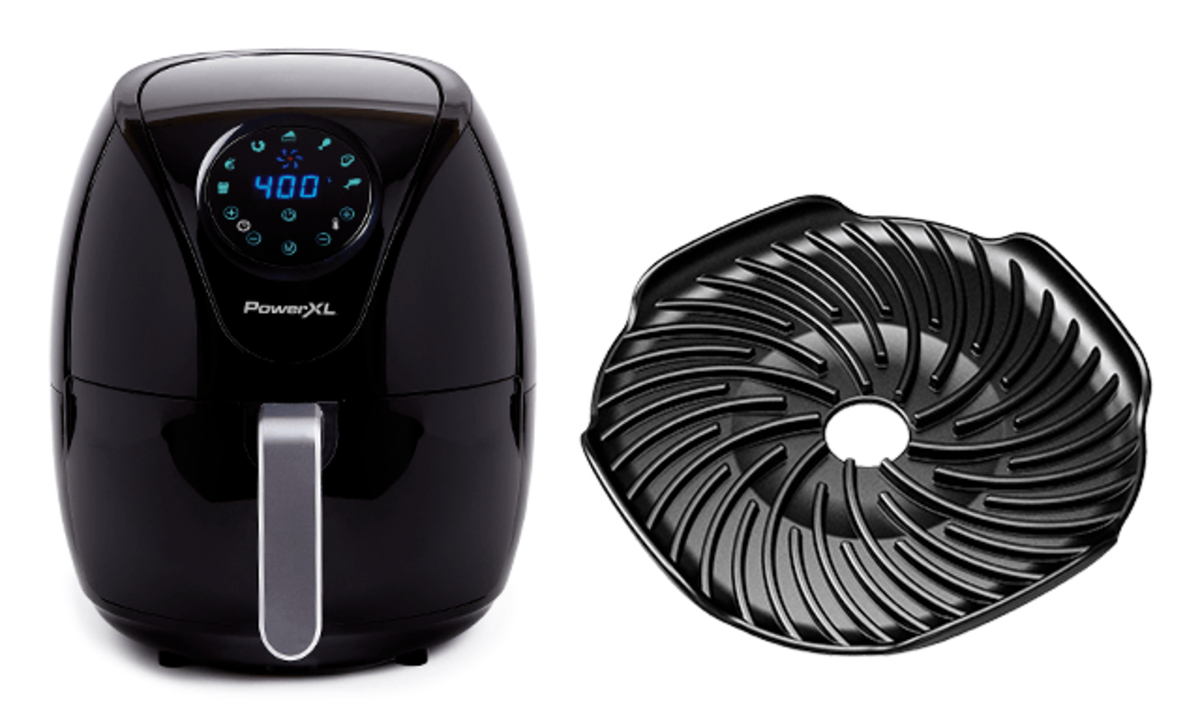
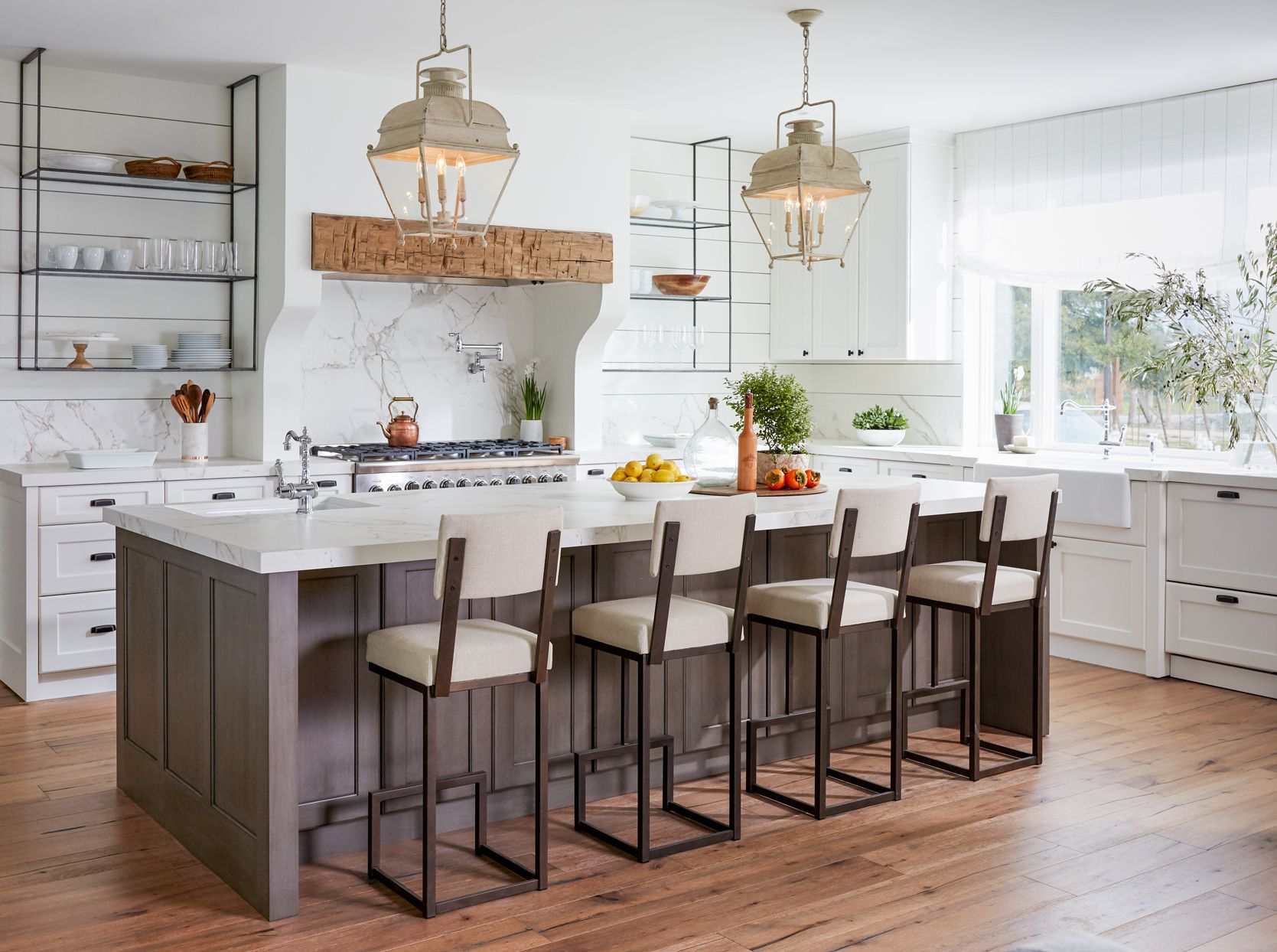
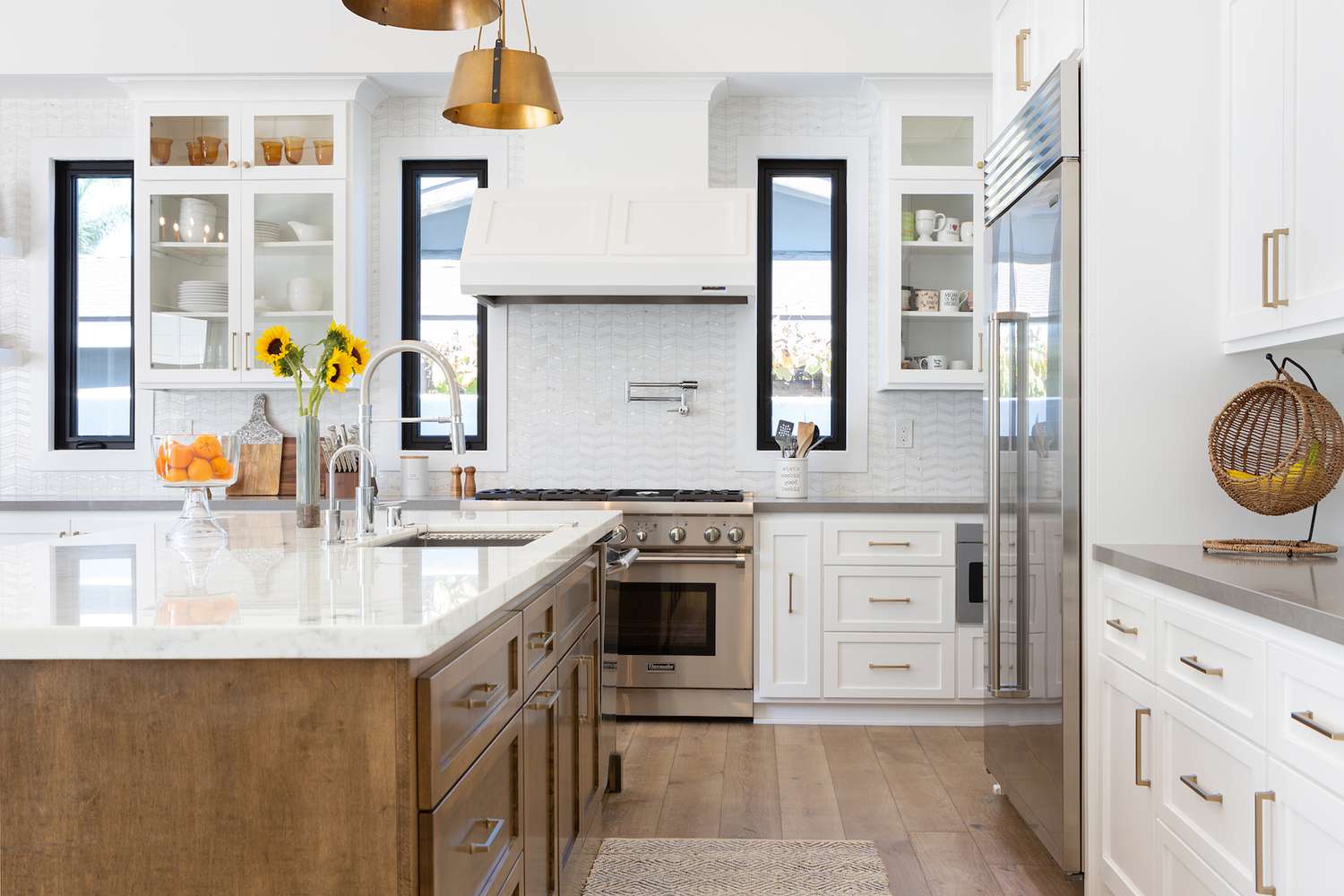
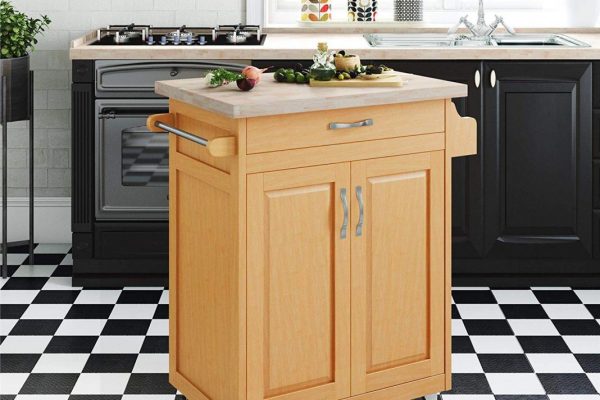

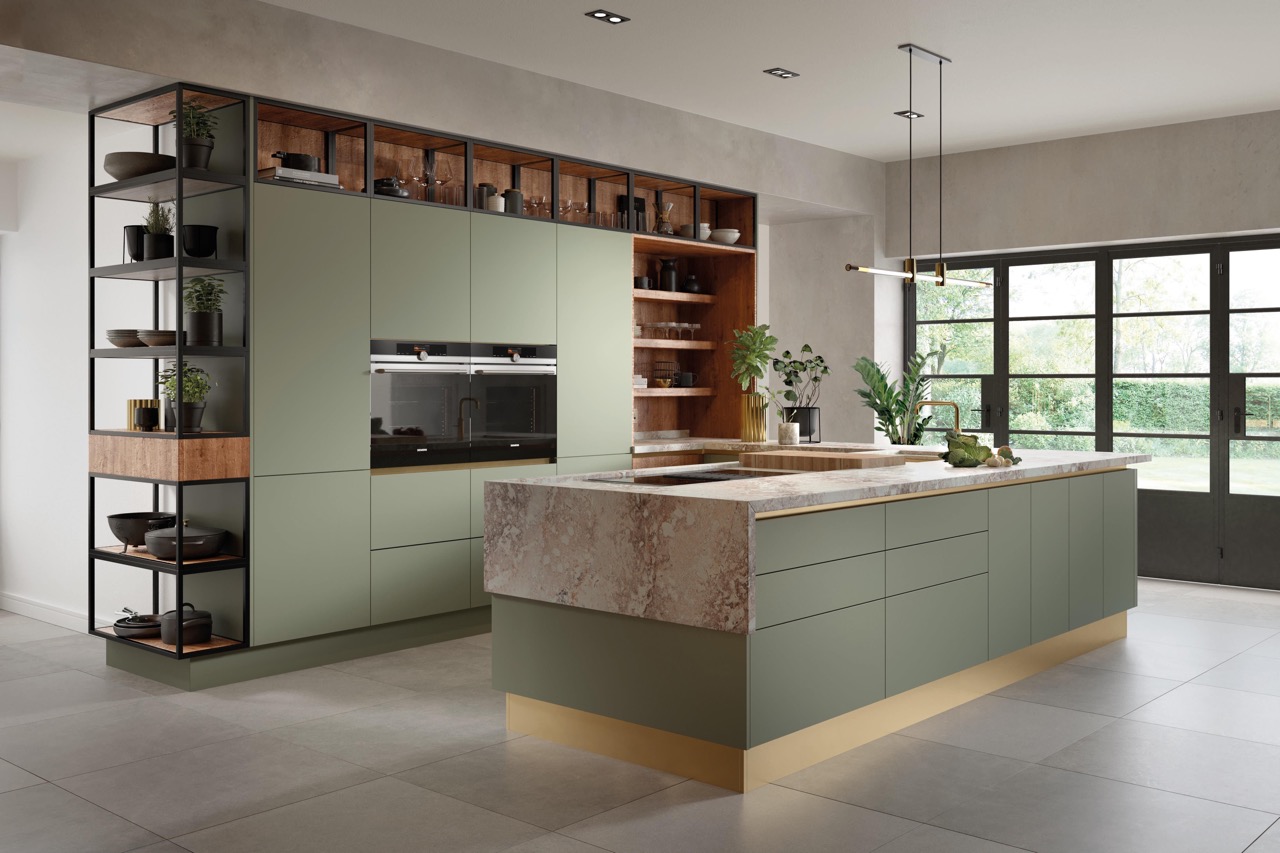

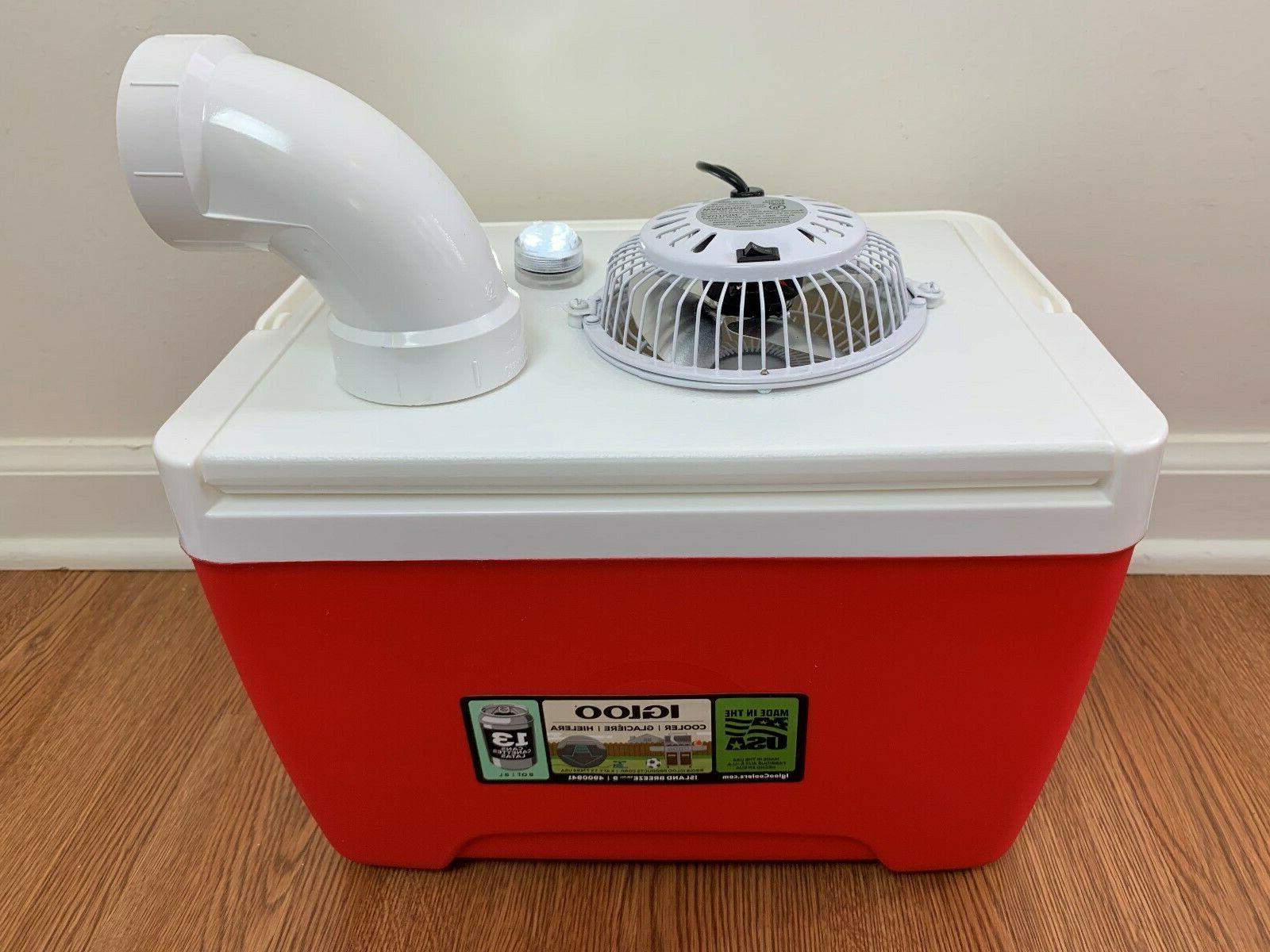
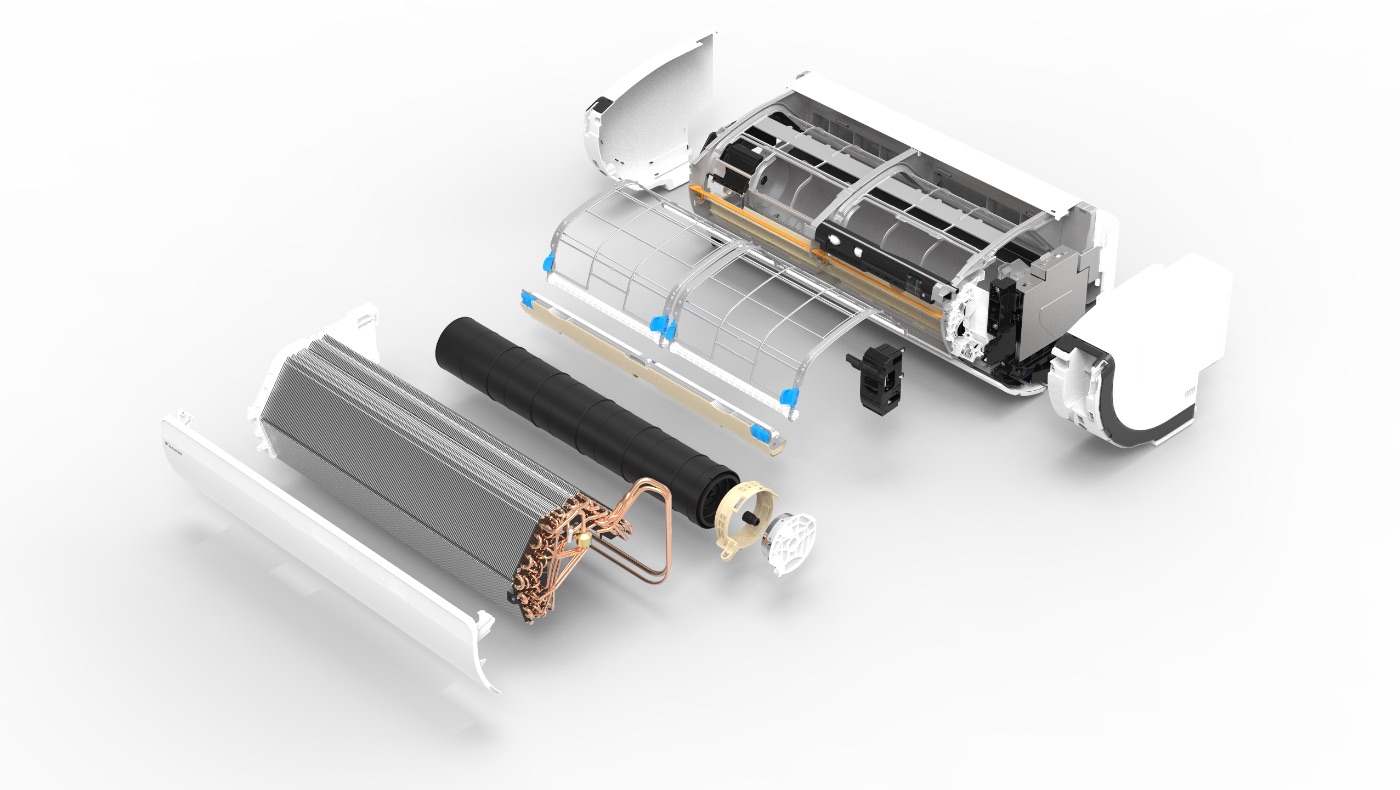


0 thoughts on “Kitchens Without Islands: 7 Alternatives To An Island Unit”